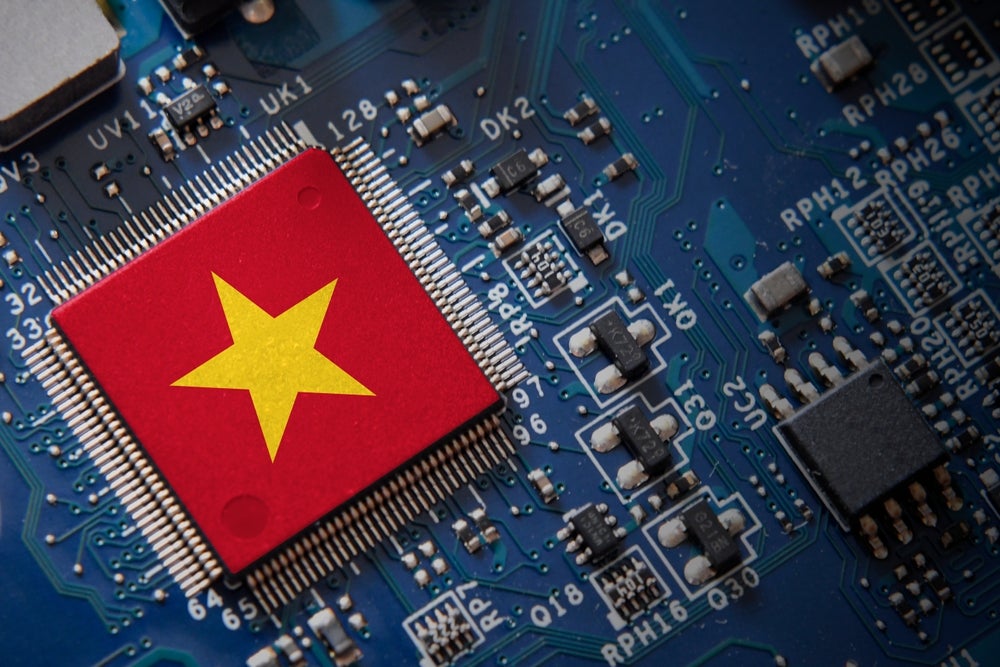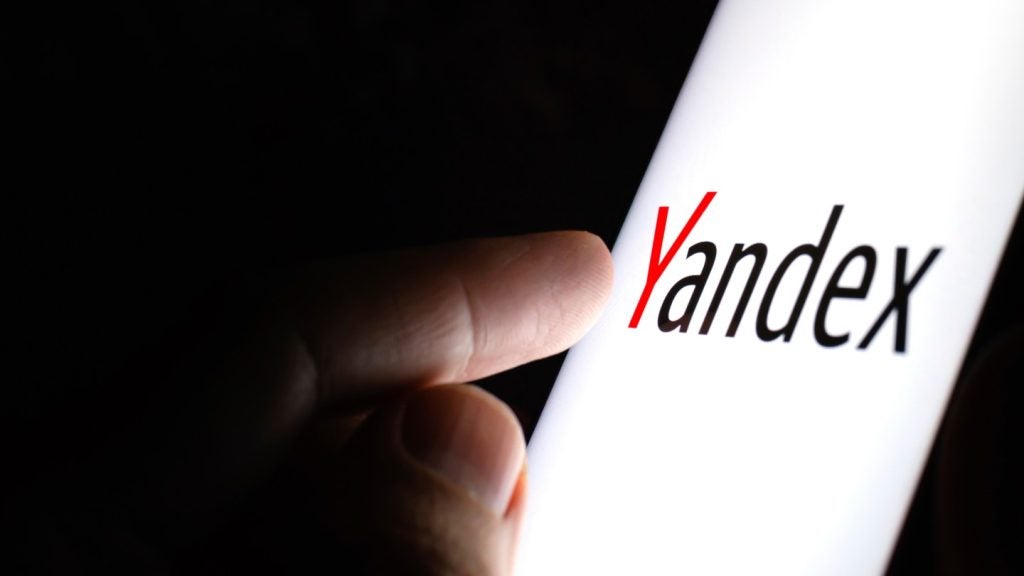Scale AI has been granted a patent for a computer-implemented method that automatically pre-labels point cloud data with cuboid annotations. The method involves training machine learning models to detect and localize objects in the data, generating cuboid tracks, and refining them for more accurate localization. The refined cuboid tracks are then presented to the user for viewing and editing. The patent also includes a confidence threshold for displaying the annotations and user interface elements for user interaction. GlobalData’s report on Scale AI gives a 360-degree view of the company including its patenting strategy. Buy the report here.
According to GlobalData’s company profile on Scale AI, AI-assisted repair estimation was a key innovation area identified from patents. Scale AI's grant share as of September 2023 was 79%. Grant share is based on the ratio of number of grants to total number of patents.
Automated pre-labeling of point cloud data with cuboid annotations
A recently granted patent (Publication Number: US11776215B1) describes a computer-implemented method for annotating point cloud data using machine learning models. The method involves training a first machine learning (ML) model using a loss function. The model predicts cuboid annotations and determines distances between corners of the predicted cuboid annotations and other cuboid annotations. An average distance is calculated based on these measurements. The point cloud data is then processed using the first ML model and a second ML model to generate cuboid annotations of objects in the data. This involves determining cuboid tracks associated with the objects, projecting regions of the data to two-dimensional views, and processing these views and tracks using the second ML model to determine updated cuboid tracks. A confidence threshold is determined based on the count of cuboid annotations, and cuboid annotations are displayed to the user based on this threshold. The user can select, confirm, or modify the displayed annotations using a user interface element.
The method also includes sequentially inputting pairs of frames of the point cloud data into the first ML model for processing. Additionally, the cuboid tracks determined using the first ML model may be overcomplete, and a subset of tracks can be determined based on scores assigned to the tracks and their spatial locations. A non-maximum suppression technique can be used to suppress tracks with low scores. The method further involves determining keyframes based on the cuboid annotations of objects in the point cloud data. The user can select which cuboid annotations to display, and the displayed annotations can be assigned colors or opacities based on their confidence levels. The number of objects in the data can also influence which annotations are displayed. The method allows for the display of representatives of clusters of annotations, with additional clusters being displayed based on user selection.
In another aspect, the patent describes a computer-implemented method for labeling data. This method involves training a first ML model using a loss function and processing point cloud data using the first ML model and a second ML model to generate cuboid annotations of objects in the data. A confidence threshold is determined, and one or more cuboid annotations are displayed based on this threshold. The user can select, confirm, or modify the displayed annotations using a user interface element. The point cloud data can also be processed to generate semantic segmentation annotations, partial segmentation annotations, or video annotations. The confidence threshold can indicate the number of cuboid annotations to display, and it can be determined based on user selection. The ML models can be trained to generate annotations for dynamic or static objects.
Lastly, the patent describes a computer-implemented method for training an ML model. This method involves receiving training data that includes point cloud data and a labeled cuboid bounding at least one object in the data. The ML model is trained using a loss function that predicts cuboid annotations based on features of the labeled cuboid. Distances between the labeled cuboid and additional cuboid annotations are determined for each feature, and an average of these distances is calculated.
To know more about GlobalData’s detailed insights on Scale AI, buy the report here.
Data Insights
From

The gold standard of business intelligence.
Blending expert knowledge with cutting-edge technology, GlobalData’s unrivalled proprietary data will enable you to decode what’s happening in your market. You can make better informed decisions and gain a future-proof advantage over your competitors.







